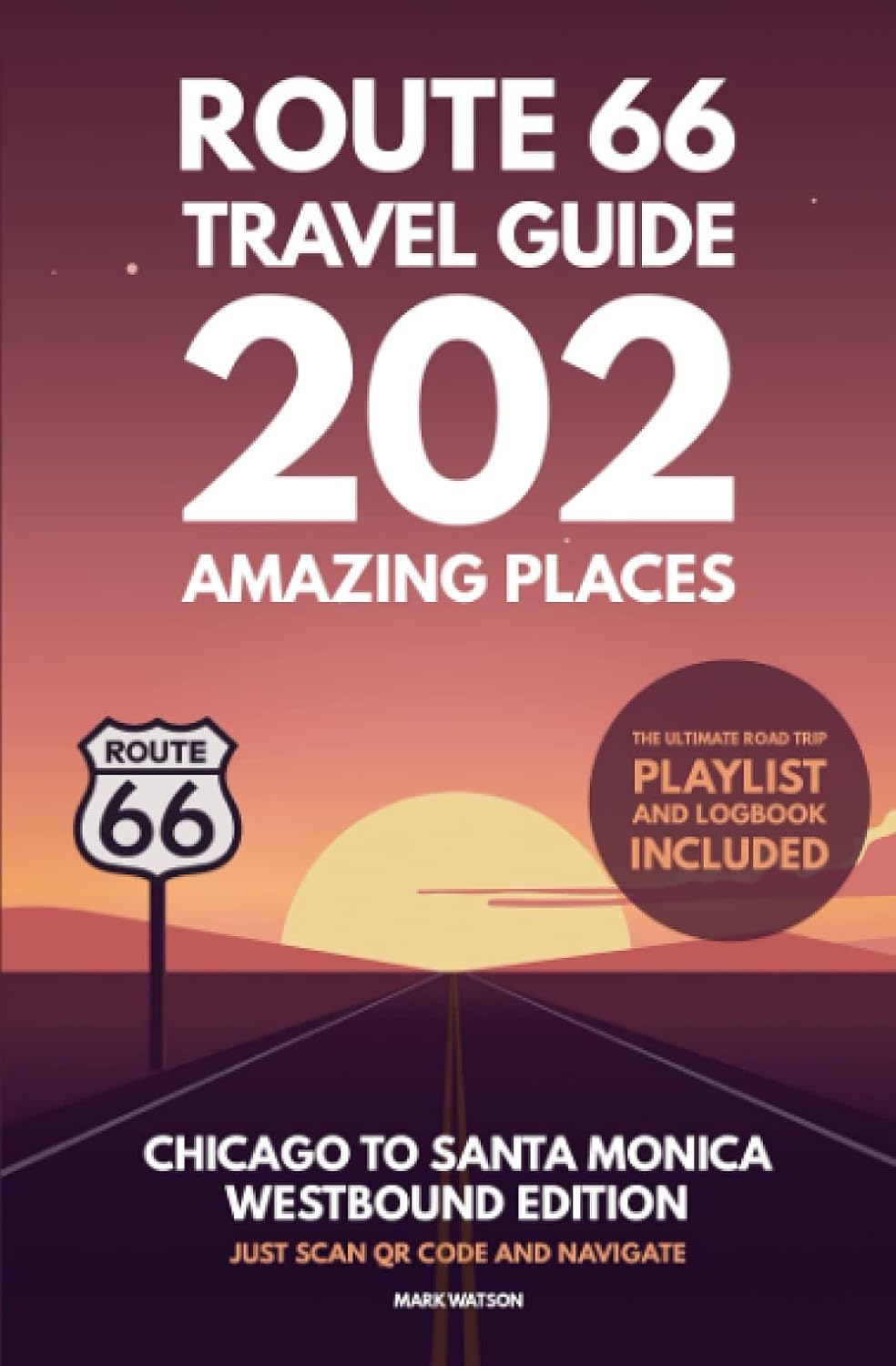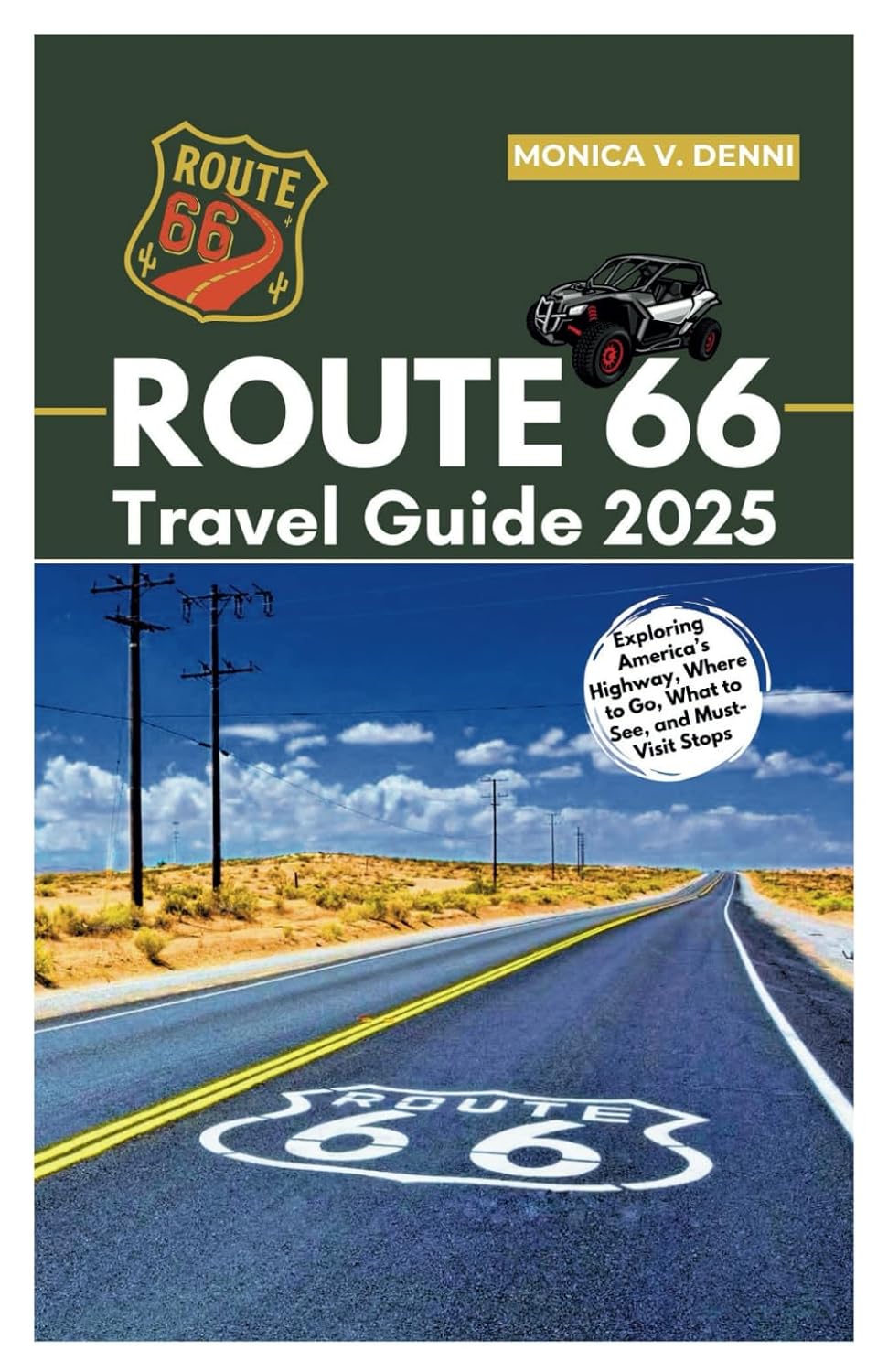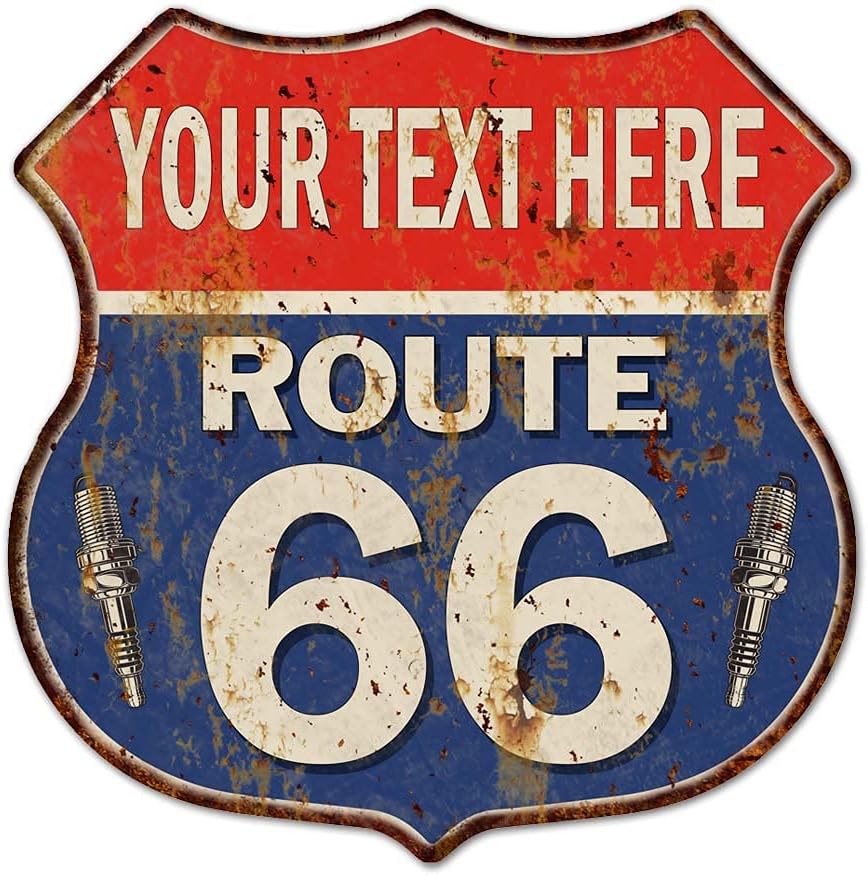
The Famous Burros of Oatman, Arizona: Route 66’s Wildest Residents
Welcome to Oatman: Where Donkeys Roam Free
Along the scenic stretch of historic Route 66, nestled in the rugged Black Mountains of Arizona, lies the quirky ghost town of Oatman. While this Old West town is packed with charm, history, and dusty wooden storefronts, the real stars of the show are its wild burros.


These friendly, free-roaming donkeys are as much a part of Oatman as the old saloons and clapboard sidewalks. Visitors from around the world come here not just for the nostalgia of Route 66, but to interact with these gentle four-legged locals.
A Brief History: Miners, Gold, and Burros
The story of Oatman’s burros dates back to the early 1900s, when gold prospectors and miners flooded into the area during Arizona’s mining boom. The rugged terrain made travel and hauling supplies difficult, so miners relied on burros (small donkeys) to carry equipment, food, and ore up and down the mountains.

When the mines dried up and people moved on, many burros were simply set free. But instead of disappearing, they adapted and thrived in the desert environment surrounding Oatman. Today, the descendants of those original mining burros still call the area home—wandering through town, charming visitors, and occasionally blocking traffic like they own the place (which they kind of do).
The Burros and Route 66

When Route 66 opened in 1926, it passed right through Oatman, turning this once-sleepy mining town into a roadside attraction. The burros quickly became one of the most endearing and iconic parts of the Route 66 experience.
Over the years, they’ve become symbolic not only of Oatman’s wild west roots but also of the spirit of adventure and quirkiness that Route 66 is known for. They’re living, braying ambassadors of one of America’s most legendary highways.
Interacting with the Oatman Burros

Visiting Oatman is like stepping into a Western movie—except the donkeys are real, and they’re walking right beside you. Here’s what to expect when you meet the burros:
What You Can Do:
- Pet and take photos with them—they’re generally very friendly and used to human interaction.
- Buy approved burro snacks (available at local shops). Feeding them is allowed, but only with proper food to protect their health.
- Watch for baby burros—they often wear stickers on their heads that say “Do Not Feed Me” since they rely on mother’s milk.
Burro Etiquette:
- Don’t bring your own food—it could be harmful.
- Don’t startle or chase them—they’re still wild animals.
- Respect their space, especially in the heat—they may just want to nap in the shade!
Why the Burros Are More Than Just Cute Faces
Oatman’s burros aren’t just a tourist gimmick—they’re a living part of the town’s identity. They’re protected by local ordinances and are a beloved part of the community. Visitors help fund local care programs by purchasing food and souvenirs, which helps support both the animals and the town’s unique economy.

Many locals and historians consider the burros to be guardians of Oatman’s legacy, representing the rugged determination of the early pioneers and miners who built the town from the ground up.
Planning Your Visit to See the Burros
- Best Time to Visit: Mornings or cooler months (October–April). Summers can be very hot, and the burros often retreat into the hills.
- Getting There: Oatman is about 30 miles from Kingman, AZ, and easily accessed via the scenic and winding Route 66.
- What to Bring: Comfortable shoes, a camera, water, and a few bucks for burro snacks and souvenirs!
Final Thoughts: Come for the History, Stay for the Burros

There’s no place quite like Oatman, Arizona, and no experience quite like mingling with its famous burros. These wild yet lovable donkeys are more than just a roadside curiosity—they’re a bridge between Oatman’s rich history and its modern-day charm.
Whether you’re road-tripping down Route 66 or seeking a one-of-a-kind Arizona adventure, don’t skip Oatman—and be sure to say hello to its most iconic residents.

















